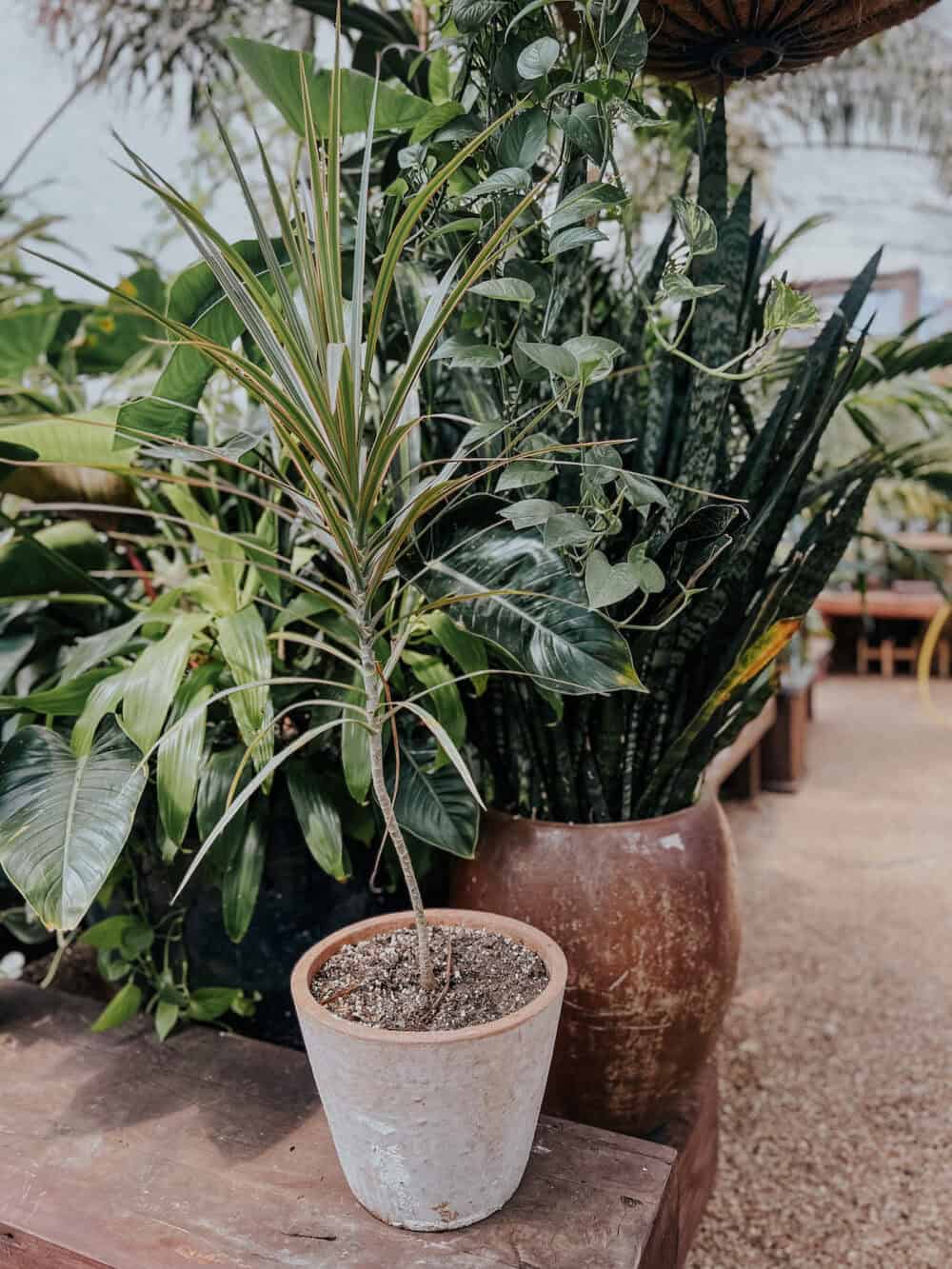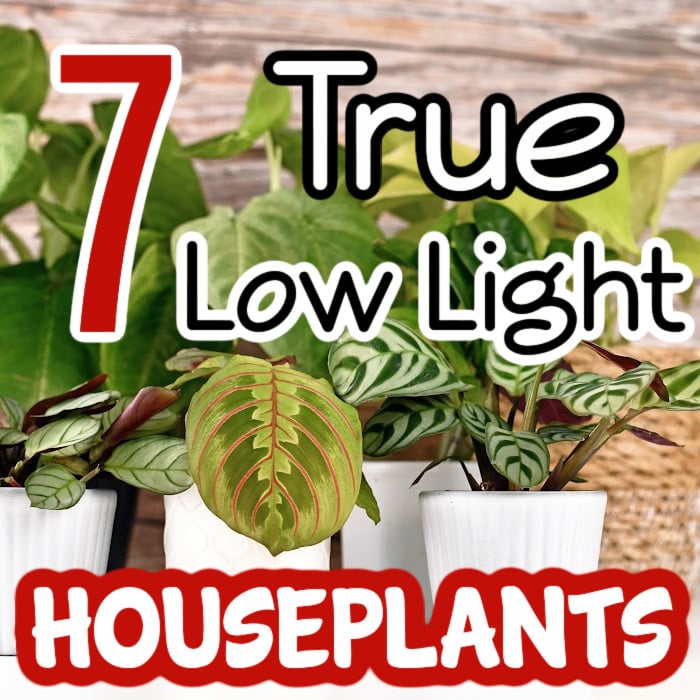Transform Your Living Space with the Best Low-Light Indoor Plants
Transform Your Living Space with the Best Low-Light Indoor Plants
Blog Article
Transform Your Home With Beautiful Low-Light Indoor Plants and Their Benefits
Including low-light interior plants into your home can substantially boost both the ecological and aesthetic top quality of your home. These plants, which grow in dark problems, offer not only as attractive aspects but likewise as natural air purifiers, making them perfect for metropolitan dwellers or those with minimal sunshine direct exposure. As we discover the various sorts of low-light plants and their benefits, you may discover unusual means to integrate them right into your home that can change your surroundings in methods you could not have anticipated.
Benefits of Low-Light Plants
Low-light plants use numerous advantages for interior settings, making them an exceptional selection for both novice and experienced gardeners. Among the main advantages is their adaptability to low-light conditions, enabling individuals to enhance their space without the requirement for substantial sunshine exposure. This particular makes them perfect for apartments, workplaces, and other locations with minimal natural light.

Furthermore, including low-light plants right into home decoration can raise the visual charm of a space. Their lush vegetation and differed structures produce a soothing environment, contributing to overall wellness. Finally, the presence of greenery has actually been connected to minimized anxiety degrees and boosted efficiency, making low-light plants a sensible choice for improving both mental and physical wellness in interior setups.
Top Low-Light Indoor Plants
While numerous interior plants flourish in bright light, numerous species are specifically fit for low-light problems, making them optimal for different indoor rooms. One popular selection is the Serpent Plant (Sansevieria), known for its striking upright fallen leaves and resilience, calling for minimal treatment. One more excellent alternative is the Pothos (Epipremnum aureum), which includes heart-shaped fallen leaves and can trail wonderfully from hangers or shelves, prospering in low light and including a lavish touch.
The ZZ Plant (Zamioculcas zamiifolia) is commemorated for its glossy fallen leaves and capacity to endure forget, making it excellent for busy way of livings. Likewise, the Tranquility Lily (Spathiphyllum) not just tolerates reduced light but likewise creates spectacular white blooms, enhancing any room's visual.
For a distinct touch, think about the Cast Iron Plant (Aspidistra elatior), which without a doubt lives up to its name, growing in the darkest corners of your home. Finally, the Chinese Evergreen (Aglaonema) supplies a variety of leaf patterns and shades while being incredibly flexible in low-light problems. These plants not just enhance interior settings however additionally add to air filtration, improving your home.
Care Tips for Low-Light Plants

Sprinkling practices are crucial; these plants commonly choose a little completely dry problems. Overwatering can cause root rot, so guarantee that the top inch of dirt is completely dry before sprinkling again. Use pots with water drainage holes to allow excess moisture to leave.
Humidity is an additional crucial aspect. Many low-light plants, such as ferns and peace lilies, take advantage of greater moisture levels. To boost humidity, consider misting the fallen leaves or positioning a tray of water near the plants.
Fertilizing ought to be come close to with caution. Throughout the growing period, use a weakened, balanced fluid fertilizer every month to sustain growth, but stay clear of feeding throughout the dormant cold weather.

Creative Ways to Show Plants
Indoor plants can work as captivating centerpieces in any type of area, boosting both aesthetic appeal and setting. Creative screens can elevate the aesthetic impact of low-light plants, making them an integral component of your home design. One effective method is to make use of tiered plant stands, which permit you to showcase multiple plants at varying elevations while taking full advantage of floor area.
Hanging planters are another cutting-edge option, developing a feeling of deepness Homepage and drawing the eye upwards. Take into consideration macramé hangers or wall-mounted racks to present a distinct appearance and style.
For an extra organized technique, usage geometric terrariums or glass containers to house your plants, including a modern-day touch to your indoor garden. You can likewise repurpose vintage products, such as teacups or wooden dog crates, for a diverse display that shows your personality.
Enhancing Home Setting With Plants
Integrating low-light plants into your home not only improves aesthetic charm but additionally adds substantially to the general atmosphere. These plants function as natural design aspects, introducing a feeling of serenity that can change any kind of area. The presence of greenery fosters a soothing ambience, which is specifically useful in high-stress environments such as office or living spaces.
Low-light plants, such as serpent plants, pothos, and ZZ plants, are not only cosmetically pleasing however also improve indoor air quality by filtering system pollutants. This dual feature enhances the atmosphere even more, creating a much healthier space (Best low-light indoor plants). The tactical positioning of these plants can additionally influence the understanding of space; for circumstances, tall plants can draw the eye up, making ceilings show up greater and rooms a lot more large
Moreover, differing textures and shades of foliage add deepness to his comment is here indoor layout, enabling innovative expression in home designing. Whether positioned on shelves, in corners, or as centerpieces, low-light plants can raise the state of mind of any area. In summary, integrating these plants right into your home is an efficient means to promote a warm, inviting ambience while profiting of boosted air top quality and aesthetic versatility.
Verdict
Including low-light indoor plants into home environments uses various advantages, consisting of enhanced aesthetic appeal and enhanced air high quality. These resistant plants, such as the Serpent Plant and Peace Lily, call for marginal light and upkeep, making them ideal for diverse way of livings. Their ability to filter contaminants adds to a healthier space, while their diverse appearances and shades enhance interior design (Best low-light indoor plants). Inevitably, the inclusion of low-light plants fosters a calm and welcoming ambiance, transforming any kind of home into a peaceful sanctuary.
While lots of interior plants prosper in intense light, numerous types are specifically well-suited for low-light conditions, making them excellent for numerous indoor areas. One reliable technique is to use tiered plant stands, which enable you to display numerous plants at differing elevations while making best use of floor room.
Low-light plants, such as snake plants, pothos, and ZZ plants, are not just cosmetically pleasing however likewise improve indoor air top quality by filtering toxins. Best low-light indoor plants. The strategic placement of these plants can likewise influence the understanding of room; for instance, high plants can attract the eye upwards, making ceilings appear higher and areas much more large
These resilient plants, such as the Serpent Plant and Tranquility Lily, require very little light and maintenance, making them ideal for diverse way of lives.
Report this page